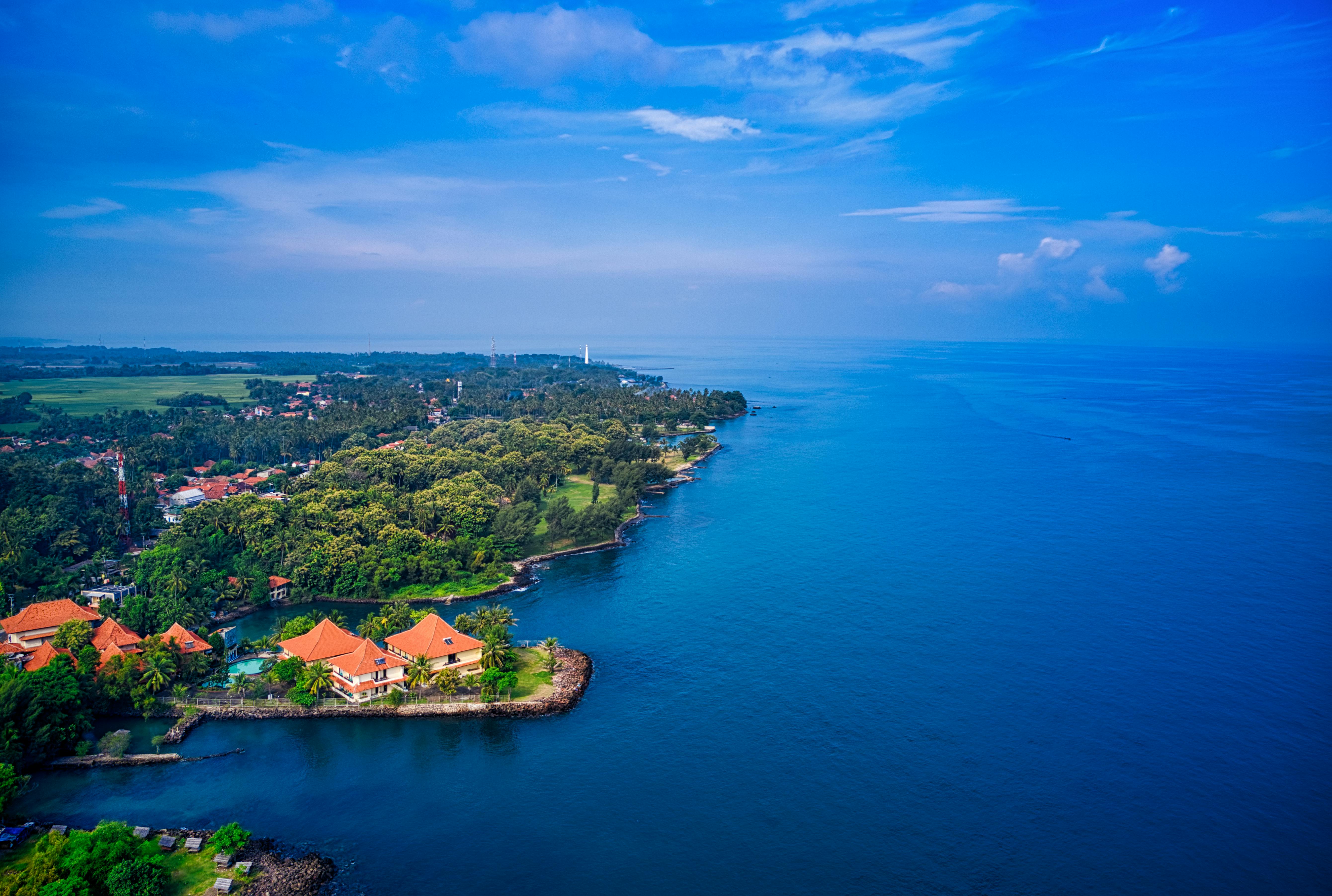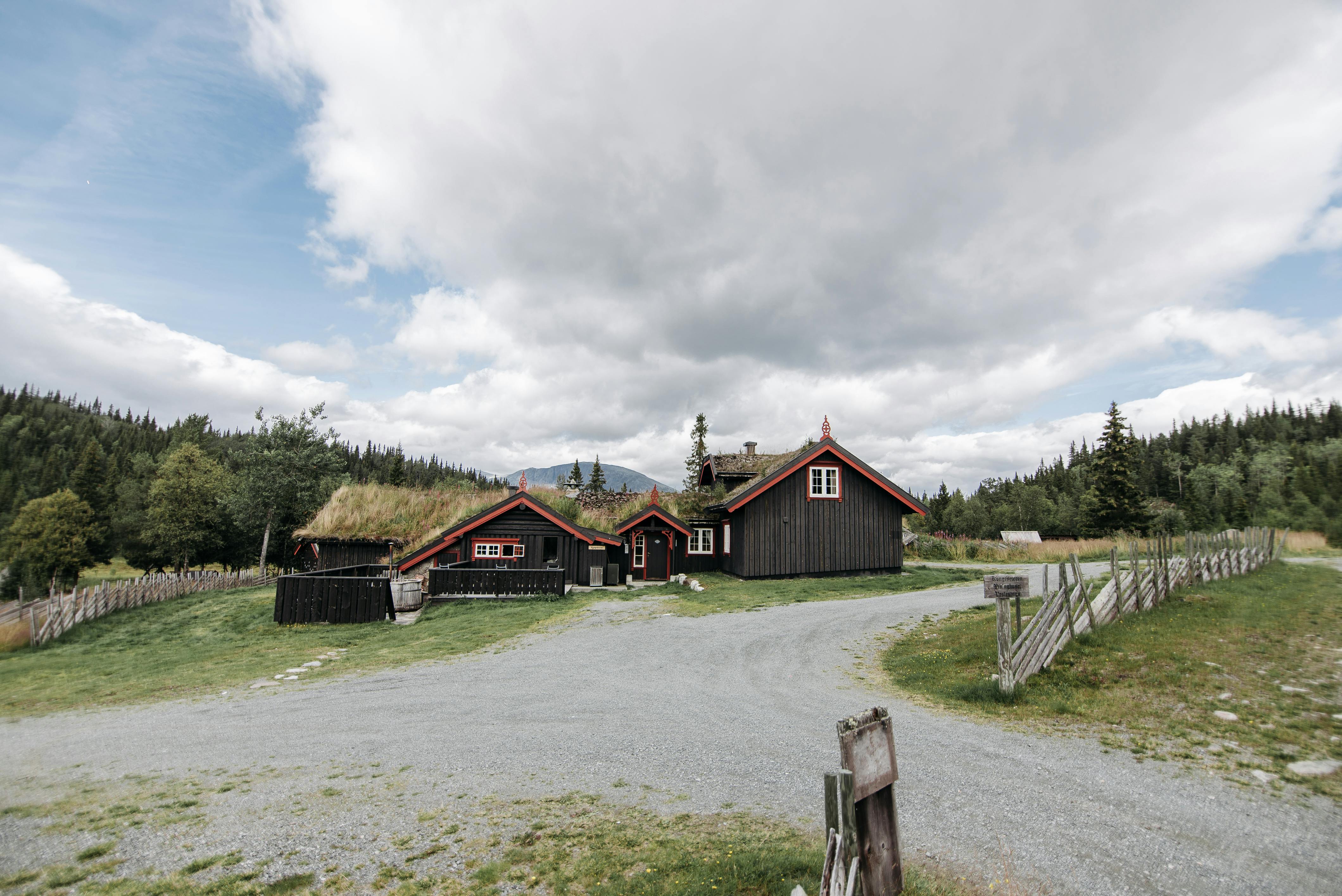It wasn’t until I moved to the US that I started drinking coffee regularly and became what in the Netherlands they call ‘koffieleut’, which literally translates to ‘coffee society’. Although the average European drinks more coffee per year than the average American, the cultural importance and its effects on the average European seem less to me than on the average American. After all, coffee is a cultural obsession in the United States.
Chains with thousands of branches like Dunkin’ Donuts or Starbucks dominate daily life on the streets of the United States. Especially in the morning (90% of the coffee consumed in the US is in the morning), millions of white foam cups with bold printed pink and orange logos move through the streets at rush hour in the morning and on the train. Drive-ins are a saving grace for the rushing army of construction workers with helmets and tattoos. During the lunch hour, men and women in elegant business suits squeeze into the cafeterias.
Students relax from early afternoon to late evening on comfortable sofas in campus cafeterias. Police officers grab cups of coffee while guarding road construction sites on the highway. In short, coffee drinkers in the United States can be found anywhere you go.
This mass psychotic ritual causes Americans to associate Europe above all with cars that curiously do not have cup holders (for an American this is like selling a car without tires), or with the impossibly small cups of coffee served in European restaurants, so small that my father-in-law always had to ask for two cups of coffee. It is my firm conviction that the easily agitated and obsessed nature of the ‘New England’ can be attributed to the monster-sized cups of coffee they consume. It is not without reason that the word ‘coffee’ derives from the Arabic ‘qahwa’ which means ‘that which prevents sleep’. Arabs have cooked coffee beans in boiling water since the 9th century and drank the stimulating extract as an alternative to alcohol banned by Muslims.
These days, coffee is second only to oil as the most valuable (legally) traded commodity in the world, with a total trade value of $70 billion. Interestingly, only $6 billion reaches coffee-producing countries. The remaining $64 billion is generated as capital gains in the consumer countries. Small farmers cultivate 70% of the world’s coffee production. They mainly grow two types of coffee beans: Arabica and Robusta. Around 20 million people in the world depend directly on coffee production for their livelihood.
Table 1: production in 2002/3
country % 70% Arabica
30% robust
Brazil 42.03% Arab/Rob
Colombian 8.88% Arabica
Vietnam 8.35% robust
Indonesian 4.89% Rob/Arab
Indian 3.74% Arab/Rob
Mexico 3.54% Arabica
Guatemala 3.1% Arab/Rob
Uganda 2.53% Rob/Arab
Ethiopia 2.44% Arabica
Peru 2.24% Arabica
Table 2: consumption in 2001/2 world consumption % kg per capita (2001)
USA 30.82% Finland 11.01
Germany 15.07% Sweden 8.55
Japan 11.47% Denmark 9.71
France 8.89% Norway 9.46
Italy 8.59% Austria 7.79
Spain 4.90% Germany 6.90
Great Britain 3.63% Switzerland 6.80
Netherlands 2.69% Netherlands 6.48
Although per capita coffee consumption in the world is declining (in the US alone it fell from 0.711 liters in 1960 to 0.237 liters today), global consumption continues to increase due to the population explosion. Considering that coffee consists of 1% (Arabica), 2% (Robusta), or 4.5%-5.1% (instant) of caffeine, the average American consumes at least 200-300 mg (the amount recommended daily maximum) of caffeine per day up to the consumption of coffee alone.
The place I go to for a cup of coffee is the Starbucks in Stamford, Connecticut. The entrance is at the corner of Broad Street and Summer Street, to the left of the main public library with its simple pediment and slender Ionic columns. The location right next to the library harmonizes with Starbuck’s marketing plan. At the cafe’s entrance, a life-size glass window curves to the left, offering magnificent voyeuristic views of pedestrians on the sidewalk. Stepping inside, you go straight into the living room area with bookshelves stacked against the back wall. Velvet armchairs face each other with small coffee tables in between, creating intimate seating areas. The velvet chairs near the window are the main seats, taken advantage of by unlucky people who take advantage of a wooden chair. At the rear of the long rectangular room is the coffee shop and a small Starbuck’s gift shop. There is a dark wood table with outlets suitable for placing laptops and spreadsheets, dividing the living room area from the coffee bar.
Since I’ve been in a bad mood for weeks, I’m hesitant to order a regular black coffee. It’s very easy to get drunk on a favorite food or drink in the US due to the giant portions served. The smallest coffee cup is a ‘tall’ size (12 oz. = 0.35 l.), after which you can choose between a ‘grande’ (16 oz. = 0.5 l.) and a ‘large’ (16 oz. = 0.5 l.) venti’ (20 oz. = 0.6 l.) ). Half a liter of coffee seems like a bit of a stretch, and sounds absolutely absurd to my European mind. Finally I end up choosing a ‘straight’ espresso.
Sitting in one of the booths against the back wall, unable to get a privileged seat, I pretend to read my book while listening to the conversations around me. Three middle-aged men sit on three ash-gray velvet chairs and converse loudly. Vivid dialogue unfolds, exchanged with half roars, half shrieks, laughter. They make fun of a colleague in his absence, then frown with concern as they discuss the teeth of one of the men’s daughters. Two African-American women sit at a small table in front of the reading table in the dim light, one wearing a yellow headscarf with black African motifs. Near the entrance, in the seating area next to the lively conversation, a homeless man is playing solitaire. One by one, he places the crumpled round-backed cards on top of each other, as if he were trying to put them together. He lent a couple of dollars in exchange for a coffee to feel, in the warmth of the room, the nostalgia of a cozy room and relive the feeling of intimacy of having your own home.
It’s a bright, sunny day in early fall, a typical New England Indian summer. Sunbeams beam through the colorful, flickering foliage and cast a puzzle-shaped shadow on Starbuck’s window. Autumn’s hand rotates her colorful kaleidoscopic lens. The green ash tree near the sidewalk resembles, with its polychrome colors, a kind of bronze statue: its stem is sulphurous bronze, its foliage intermittently coppery green and iron-nitrate gold. Across the crosswalk, the crown of a young red oak is stained fiery red. These are the budding impressions of fall foliage for which Connecticut is ‘world famous’ in the US.
In the world of marketing and entrepreneurship, Starbucks is a success story. It’s one of those stories of ‘excellence’ that is taught as a case study in business school. Founded in 1971, it really began its incredible growth under the direction of Howard Schultz in 1985, and currently has 6,294 coffee shops. But what does its success really consist of? A large cup of coffee at Starbucks is much more expensive than at Dunkin’ Donuts: $2.69 compared to $3.40 for a Starbucks venti. But while Dunkin’ Donuts offers only a limited variety of flavors like mocha, hazelnut, vanilla, caramel and cinnamon, you’ll find exotic quality beans at Starbucks like Bella Vista FW Tres Rios Costa Rica, Brazil Ipanema Bourbon Mellow, Colombia Nariño Supreme, Organic Shade Grown Mexico, Panama La Florentina, Arabian Mocha Java, Caffè Verona, Guatemala Antigua Elegant, New Guinea Peaberry, Zimbabwe, Aged Sumatra, Special Reserve Estate 2003 – Sumatra Lintong Lake Tawar, Italian Roast, Kenya, Ethiopia Harrar, Ethiopia Sidamo, Ethiopia Yergacheffe and French Roast. So Starbucks offers upscale coffees and high-end coffee dinners, almost reminiscent of the fancy coffee shops I visited in Vienna.
From time to time, I smile sheepishly and think of my endless doubts when choosing between the only two types of coffee available in most Dutch shops: red brand and gold brand. Even to this day I have no idea what the real difference is between the two other than the color of the wrapper: red or gold. Not surprisingly, Starbucks appeals to the gender of people with laptops: consultants, students, intellectuals, the middle class, and a coffee from Starbucks is a white-collar coffee, while a coffee from Dunkin’ Donuts is a blue-collar coffee . At Dunkin’ Donuts you’ll meet Joe the plumber, Bob the barber and Mac the trucker. But what exactly is it that entices white-collar workers in the US to fall back on the purple velvet chairs?
I envision your workdays filled with repetitive actions and decisions on a playing field of precisely defined responsibilities. How many of the players on these courses spend the day with their routines simply for the simple fact of being able to enjoy their 30 minutes a day to escape to the intimacy of Starbucks where, for a brief moment in the day, you recover the illusion of human warmth? and exotic associations to resist the coldness of high finance?
For 15 minutes you fall back into the deep soft cushion of a velvet chair and randomly, and how important that moment of absolute randomness is, you pull a book off the shelves. While, in the background, gentle tones of country blues resonate, with its recognition of deep human suffering, a flash of folk with the primary connection with nature and tradition, or merengue that revives passionate memories of adventure and love, You gaze out the window and reflect on that simple, volatile reflection of the moment, reinforced by the physical effect of a pint of weak coffee starting to kick in, and the satisfaction of chewing on your muffin, bagel, cake, brownie, croissant, or donut.
It is, above all, that body ecstasy caused by a combination of caffeine, sugar and the salivating Pavlov effect. You remember the musician struggling behind the counter taking your order, the fan while you pay him for the poet coffee and give him a full dollar tip, feeling a transcendental limit in your escape from reality. You stare at the notices and poems on the bulletin board with a heartbeat imprisoned by the first sips of coffee, and without fainting you think: They’re right, they’re so right! And what do I care? Why should I care?
But then you look at your watch and realize you really have to run again. ‘Well, too bad, I have to go!’, or people will start gossiping about being away from your desk for so long. And as you open the door, an autumn breeze blows in your face, the last melodies of the bluesy solo die out as the Hammond organ whispers, ‘I throw my troubles out the door, I don’t need them anymore.’
Coffee in the United States is a subculture that floated massively to the surface of the consumer society. Starbucks is more than coffee, it is more than just another brand in the market, it is a political-social statement, a way of perceiving how you would like to live, in other words, it is a culture. Starbucks is the alternative to Coca-Cola and much more than coffee: it’s chocolate, ice cream, frappuccino, travel mugs with exotic prints, cups and live music, CD’s, discounts at exhibitions and even volunteer support.









